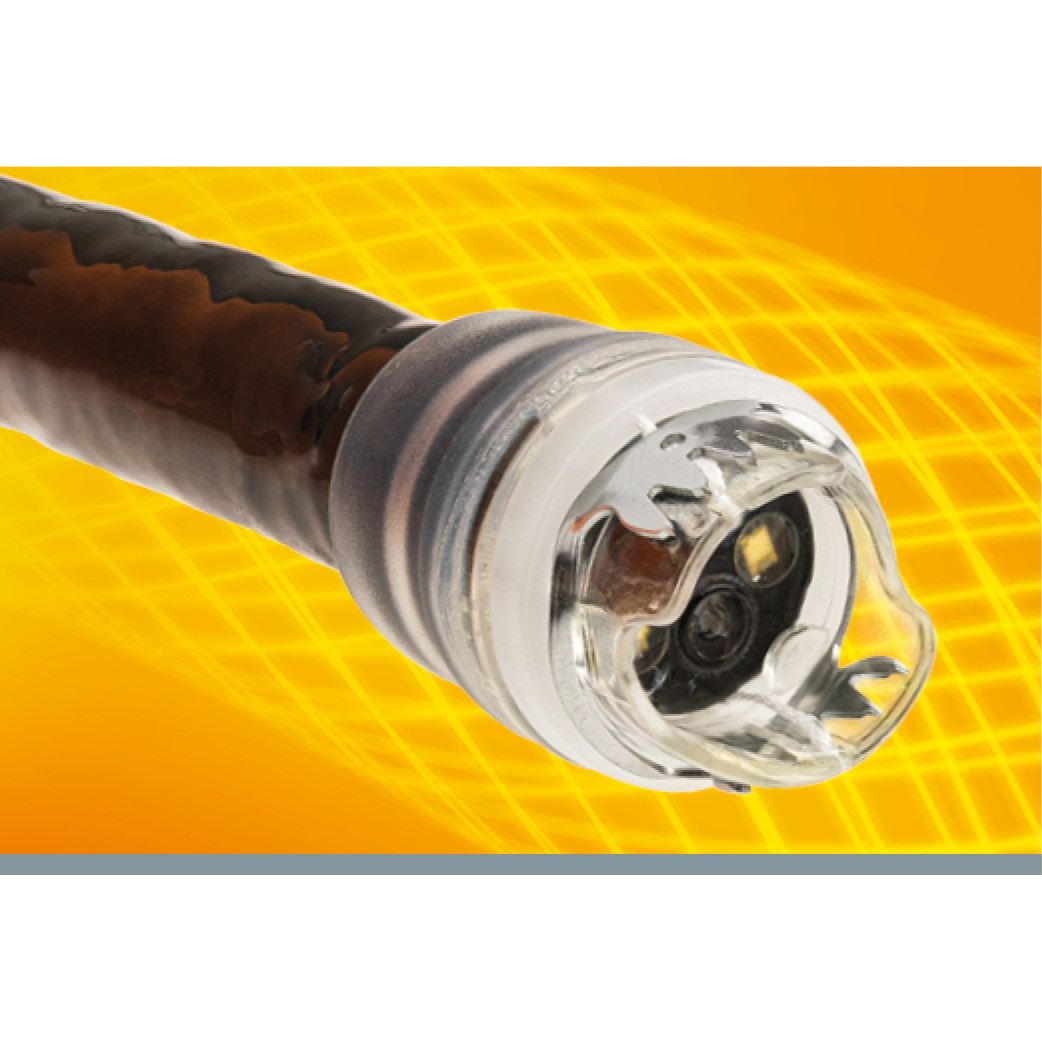OTSC® for stent fixation shows significantly lower risk of migration
Stent fixation: Systematic review shows significantly lower risk of migration and high clinical success when OTSC® is used for anchorage
A systematic review and meta-analysis evaluated the efficacy of endoscopic OTSC fixation of self-expanding metal stents (SEMS) in prevention of migration. OTSC with SEMS performed better in preventing migration of metal stents as compared to SEMS alone. The pooled proportion of migration with OTSC was seen in a minority (around 10%).
Note: The underlying review evaluated studies with both the OTSC System and the stentfix OTSC System. Most cases were performed with stentfix OTSC, specifically designed for stent fixation (130/182 cases). For simplicity, the term OTSC is used in this text to refer to both stentfix OTSC or OTSC.
A. Jena et al., Department of Gastroenterology, Topiwala National Medical College and B.Y.L. Nair Charitable Hospital, Mumbai, India, searched the electronic data bases (PubMed and Embase) for all studies reporting on the efficacy and migration rates following OTSC and stentfix OTSC fixation of SEMS in various gastrointestinal conditions from inception to November 11, 2022. Primary outcome was the calculation of the pooled migration rates following OTSC anchorage of SEMS and its comparison with SEMS without fixation. Secondary outcomes include technical (successful application of the OTSC clip for stent anchorage) and clinical success (resolution of the underlying disease process after OTSC application) of OTSC fixation of SEMS. Among the fixed SEMS, n=146 were fully covered, n=33 were partially covered, and n=4 were uncovered metal stents.
In total, 9 studies (182 patients) were included in the analysis. The pooled rate of migration following OTSC anchorage of SEMS was 0.10 (95%CI, 0.04–0.20, I2 = 43%). 7/9 studies reported the migration rates of OTSC fixation of esophageal SEMS. The pooled rate of migration following OTSC anchorage of esophageal SEMS was 0.08 (95%CI, 0.04–0.15, I2 = 0%). 3 studies compared the SEMS migration rates following stentfix OTSC to no fixation of SEMS. The pooled risk ratio of SEMS migration following stentfix OTSC was lower as compared to no fixation of SEMS [RR = 0.24 (95%CI, 0.13–0.43, I2 = 0)]. There were 8 studies (129 patients) reporting the technical success of OTSC anchorage following SEMS. The pooled technical success rate of OTSC fixation following SEMS was 0.98 (95%CI, 0.81–1.00, I2 = 0%). 8 studies (171 patients) reported on the clinical success of OTSC anchorage following SEMS. The pooled clinical success rate of OTSC fixation following SEMS was 0.79 (95%CI, 0.64–0.88, I2 = 56%). Adverse events were noted in 9 cases only. Most studies had no post procedure complications (e.g., pain, dysphagia, perforation, or esophageal ulcer). There were no OTSC related deaths reported in literature.
In conclusion, the use of OTSC for anchorage had a significantly lower risk of migration than no fixation. Furthermore, due to its good technical success and ease of application, Jena et al. consider OTSC to be superior to suturing.
Jena A, Chandnani S, Jain S, Sharma V, Rathi P. Efficacy of endoscopic over-the-scope clip fixation for preventing migration of self-expandable metal stents: a systematic review and meta-analysis. Surg Endosc. 2023 May;37(5):3410-3418. doi: 10.1007/s00464-023-09893-z.

|
 |


 English
English  Français
Français 